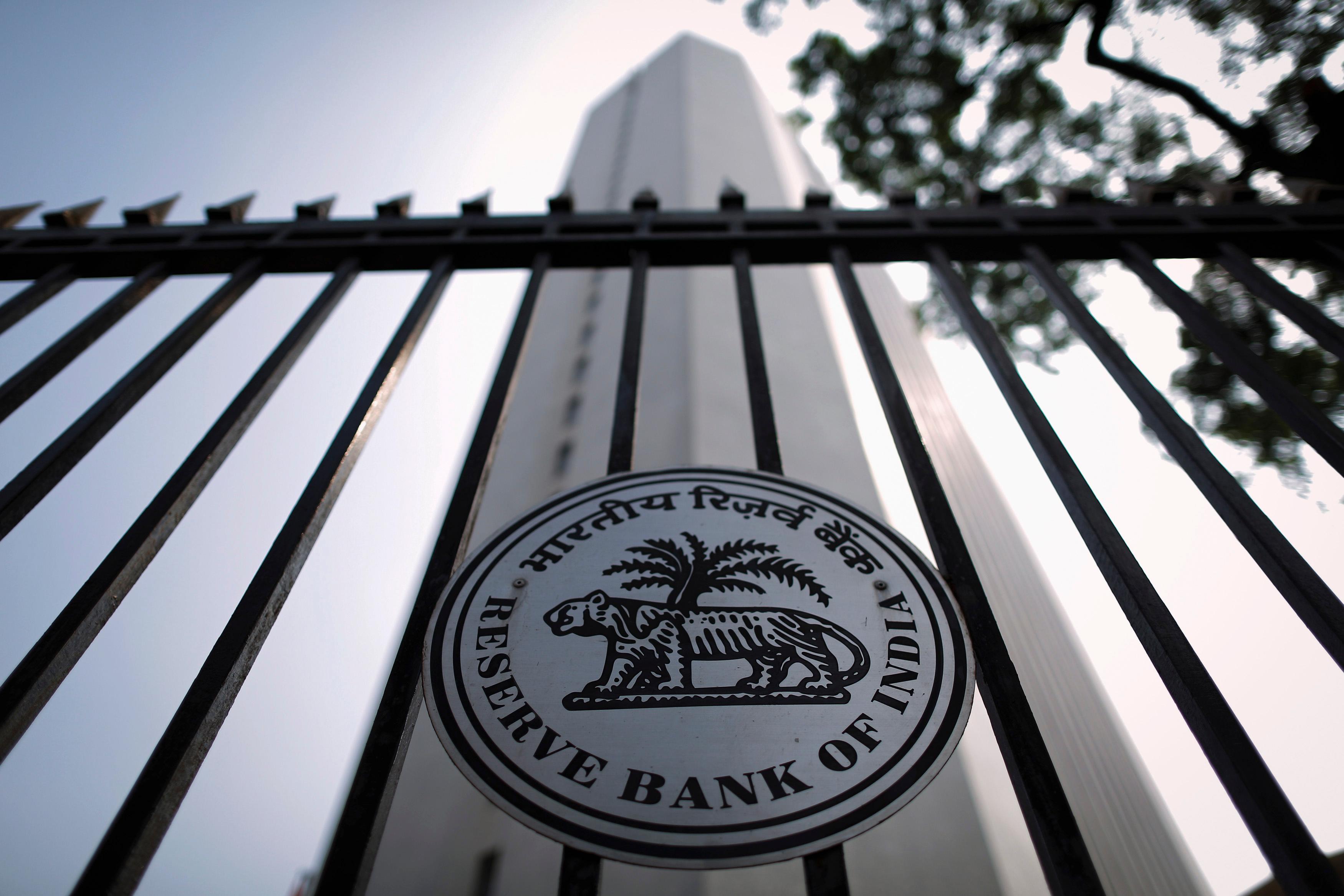Indian banking regulator has proposed to hike the eligibility criteria to classify a loan as priority sector lending (PSL) which is expected to particularly boost microfinance institutions (MFIs) in the country.
In the monetary policy statement released on Tuesday the Reserve Bank of India (RBI) set out new measures to be taken for strengthening the banking structure, broadening and deepening financial markets, and extending the reach of financial services to all.
The RBI has been focusing on the PSL segment to improve access to finance to the poor in India. Banks are currently required to maintain a certain portion of their lending under PSL category.
RBI had constituted an Internal Working Group to revisit the PSL guidelines. The group had recommended inclusion of social infrastructure within the ambit of PSL targets and introduction of tradable PSL certificates.
The central bank noted that it is now going to revise upwards the limits relating to total indebtedness of the borrower, eligible rural and semi-urban household annual incomes and loan amounts to be disbursed in the first cycle and subsequent cycles. The new guidelines proposed by the RBI revises the limit for total borrowed loans and disbursement of loans to almost double the amount in all the cases.
The total indebtedness of a borrower, excluding educational/medical expenses, eligible for PSL status would be hiked to Rs 1 lakh (against the current limit of Rs 50,000).
Moreover, borrowers with a rural household annual income of Rs 1 lakh (currently Rs 60,000) and in semi-urban areas with household income of Rs 1.6 lakh (enhanced from Rs 1.2 lakh) would be eligible under PSL.
RBI also said the disbursement of the loan amount can now be up to Rs 60,000 (enhanced from Rs 35,000) in the first cycle and Rs 1 lakh (enhanced from Rs 50,000) in subsequent cycles.
It said detailed guidelines will be issued shortly.
These moves will add to the flow of capital to MFIs, which still source a chunk of their capital from banks to lend to individuals.
"The increase in the limit of borrowing to Rs 1 lakh in priority sector and to raise income level in both rural and urban space is a move in the right direction. RBI should also think of allowing MFIs to work in the affordable housing space," said Dibyajyoti Pattnaik, director at Annapurna Microfinance Pvt. Ltd.
The prospects of the MFI sector have been improving in India with flow of private investment over the last few months.
The top MFI in the country Bandhan got a commitment for $260 million earlier this year from GIC and IFC (partly for its upcoming retail bank); Ujjivan raised $96 million and Arohan raised $9.6 million from Tano Capital.
Meanwhile, RBI has also proposed to allow NBFC-infrastructure debt funds (NBFC-IDFs) to provide take-out finance for infrastructure projects that have completed one year of operation in the PPP segment without a tripartite agreement and to the non-PPP segment, subject to certain conditions.
On the financial markets front, RBI stated that it would formulate a scheme for market making by primary dealers in semi-liquid and illiquid government securities while also laying down proposal for digitisation of the treasury market. This is to improve sources of funding and reduce the burden on banks.
Within the banking space, RBI is going to allow inter-bank long-term bonds (LTBs) investments.
Last July, banks were allowed to issue LTBs, with exemptions from certain regulatory pre-emptions, for lending to long-term projects in infrastructure sub-sectors and affordable housing. However, cross-holding of such bonds amongst banks is currently not permitted.
RBI plans to now change this subject to a few conditions that banks’ investment in these bonds will not be treated as ‘assets with the banking system in India’ for the purpose of calculation of net demand and time liabilities; any single bank’s holding of bonds in a particular issue will be subject to certain limits in relation to the bond issue size and its aggregate holding of such bonds will also be subject to certain limits in relation to its own assets; LTBs held for trading will reduce the bank’s priority sector and liquidity benefits obtained from its own issuance of LTBs.
RBI said it will come out with detailed guidelines in this regard shortly.
In other moves, RBI will lay down rules for remuneration of non-executive directors in both public and private banks, allowed certain state co-operative banks to set up mobile ATMs without obtaining prior approval and selected scheduled urban co-operative banks to issue credit cards.
RBI also laid down the rules for improving the transmission mechanism of monetary policy. While the central bank has cut rates twice this year commercial banks have been reluctant to pass on the lower rates to customer. RBI said it would make a common measure to calculate base rate by encouraging banks to move in a time-bound manner to marginal-cost-of-funds-based determination of their base rate.
At present, each bank follows a different methodology to calculate base rate on the basis of average cost of funds, marginal cost of funds or blended cost of funds.
(Edited by Joby Puthuparampil Johnson)






